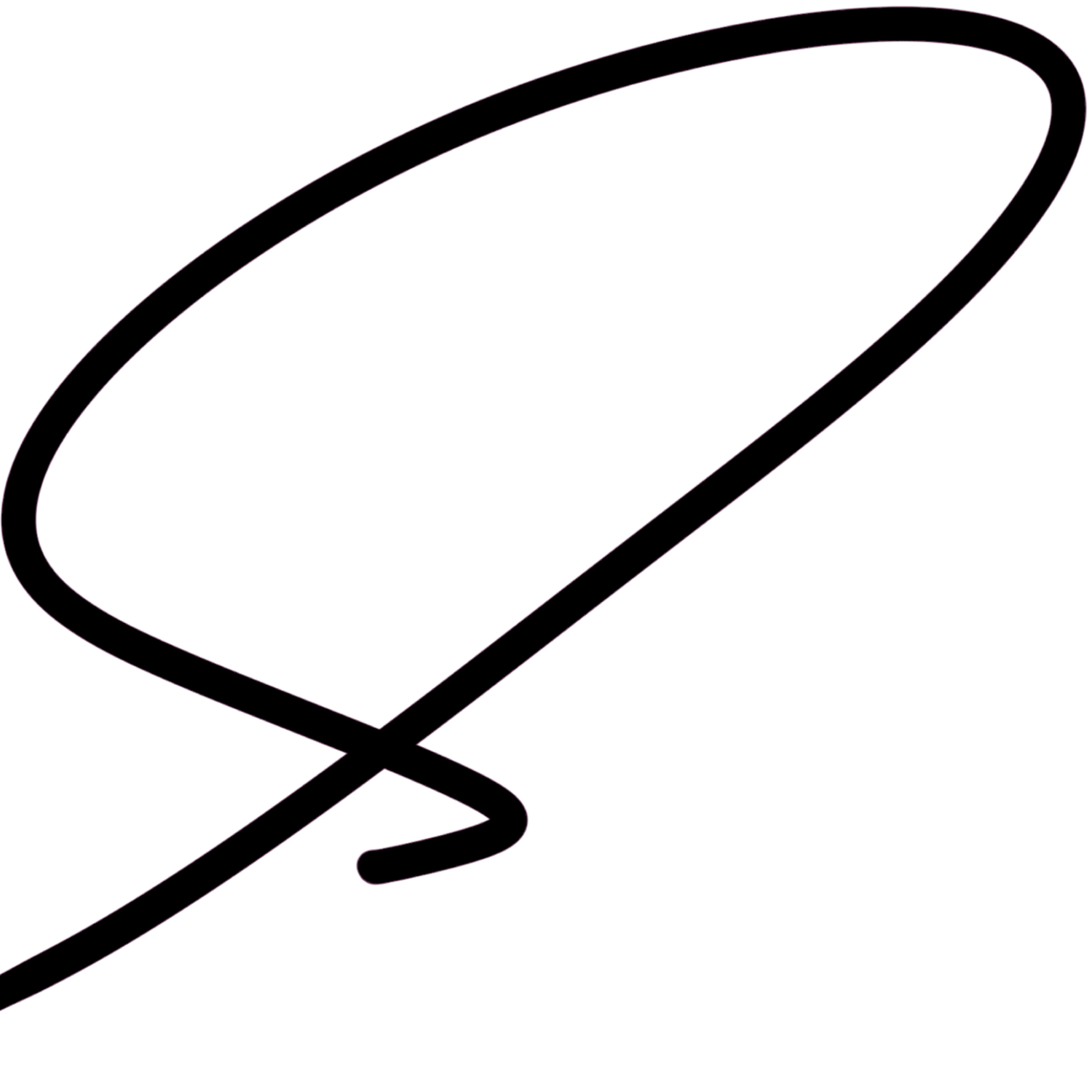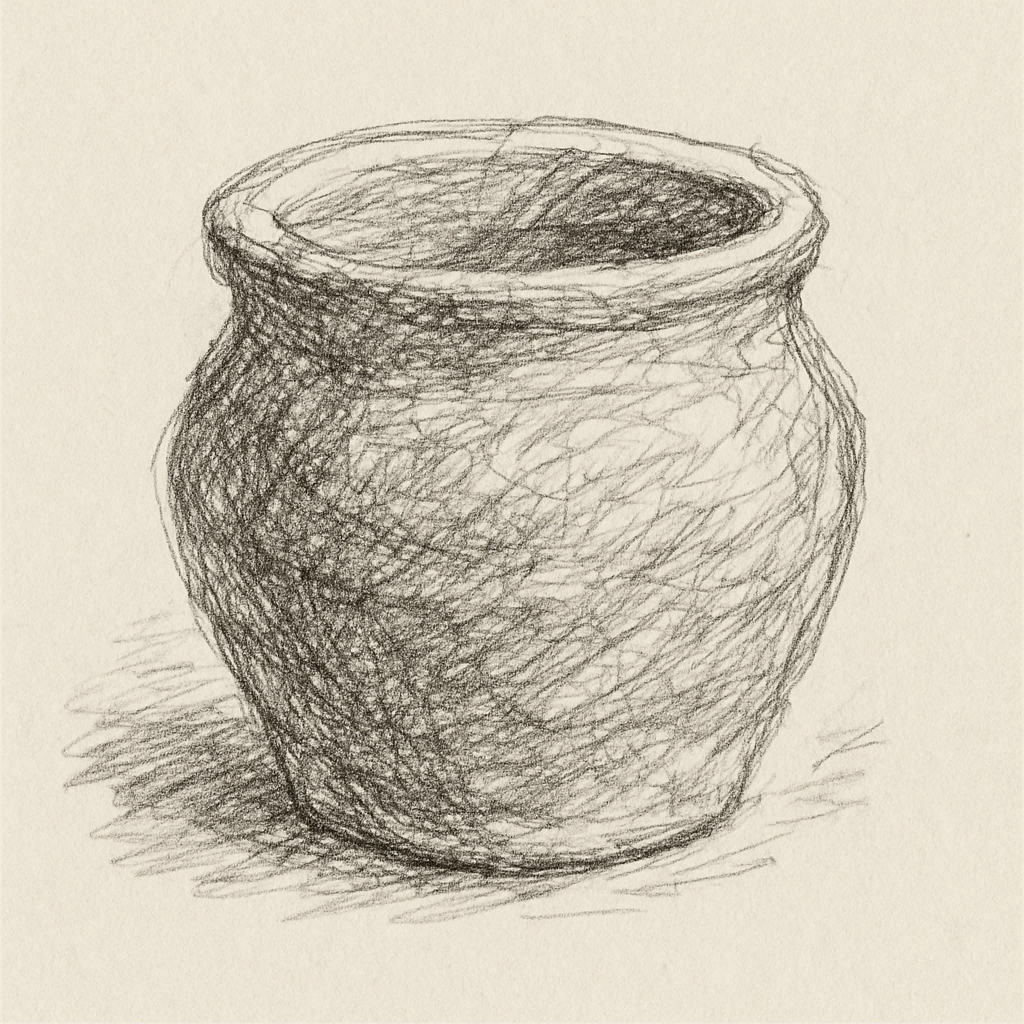Trying to understand joy in design
I’ve been trying to understand joy.
Not the loud, performative kind that comes with hashtags and confetti, but the quiet one.
The one that hums under things that just work, the one that makes you exhale without knowing why.
Maybe that’s why I love design. Because design, when done with heart, is basically a love letter to how life could feel.
When something fits beautifully, a chair, a font, a morning routine, the world briefly feels aligned.
That hum? That’s joy.
Clarity: Joy as Breathing Room
Think of the first iPod. One wheel, one thumb, infinite flow. You didn’t need instructions. It was intuition wrapped in aluminum.
Lao Tzu said,
“To attain wisdom, remove things every day.”
Simplicity isn’t boring, it’s mercy.
It’s the feeling of stepping into a clean room after a long week.
Good design doesn’t yell. It just breathes.
Discovery: Joy as Surprise
Joy loves a twist.
Like when Google hides a doodle you can actually play, or when your cat decides your laptop is the perfect stage.
Nintendo has mastered this, every pixel feels like an invitation to explore.
Alan Watts said,
“The real secret of life is to be completely engaged with what you are doing in the here and now.”
That’s discovery joy, curiosity disguised as fun.
Connection: Joy as Being Seen
The first time Gmail told me “You forgot an attachment,” I swear I felt supported.
It’s the little acts of digital kindness.
Don Norman wrote,
“Design is an act of communication.”
When design feels human, we trust it.
When it makes us laugh or forgives our mistakes, we love it.
Joy is when your tools see you, and smile back.
Meaning: Joy as Quiet Purpose
MUJI doesn’t scream design. It hums it.
Its notebooks, cups, pens, all say, “You can rest here.”
Kierkegaard said,
“Purity of heart is to will one thing.”
Some things don’t want to impress; they want to soothe.
And that, too, is joy.
Constraint: Joy as Shape
Dieter Rams’ radios are still beautiful 50 years later.
Why? Because he worked inside limits.
Da Vinci said,
“Art lives from constraints and dies from freedom.”
Boundaries sharpen creativity.
They’re why writing a haiku feels satisfying, form gives freedom somewhere to land.
Constraint is not the cage. It’s the rhythm.
Resonance: Joy as Harmony
A Studio Ghibli scene.
Wind through grass. Steam rising from soup. A pause before a smile.
John Dewey said,
“Art is the experience of having experience.”
When everything, motion, color, timing, aligns, your whole body nods in agreement.
That’s resonance. That’s joy that hums through your bones.
Rebellion: Joy as Aliveness
Not all joy is tidy.
Sometimes it’s messy, glitchy, beautifully imperfect.
The rough ceramic mug. The grain of film. The typo that somehow works.
Rumi said,
“The wound is where the light enters you.”
Maybe perfection isn’t joy, maybe imperfection is the entryway.
So What Is Joy?
After all this, I still can’t define it.
But I can recognize it: That moment when design, or life, feels like it’s on your side.
When the world and your insides finally agree, when everything quietly whispers yes.
Joy isn’t a feeling. It’s a fit.
It’s the click between you and the moment.
And when that happens, I smile and think, “Well, that’s good design.”






